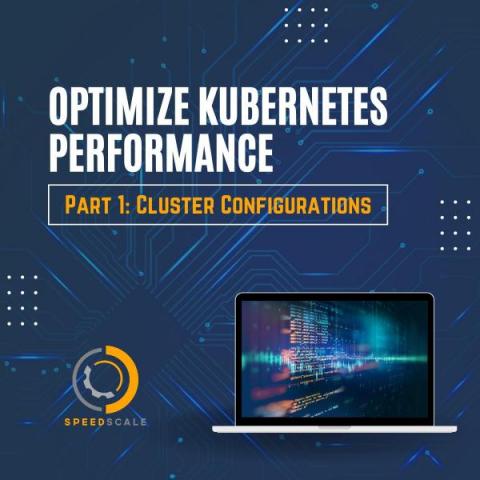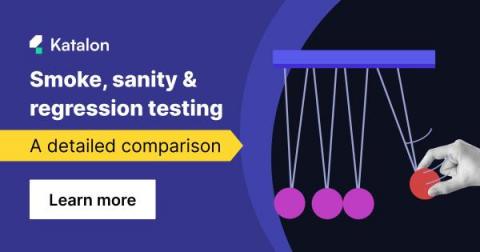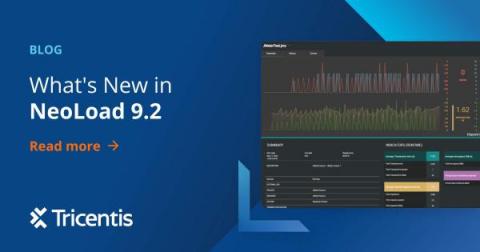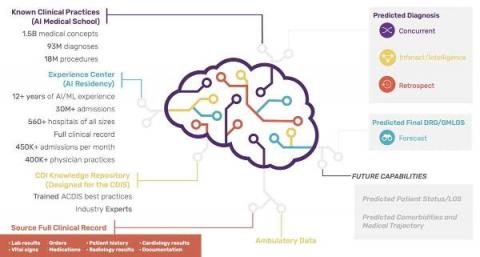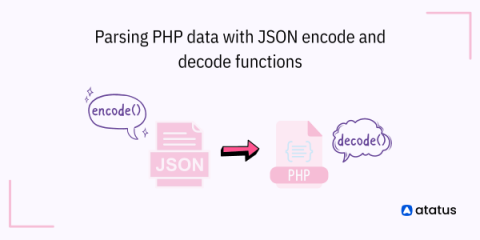Systems | Development | Analytics | API | Testing
Latest News
Sanity testing, smoke testing, and regression testing comparison
While ‘Smoke Testing’, ‘Sanity Testing’, and ‘Regression Testing’ are widely practiced in the world of QA, there still exist some misinterpretations or misconceptions around these concepts. For your team to make the most optimal use of the 3 methods, this article will help you to understand and differentiate them from one another.
10 Ways to Reduce Test Automation Script Failure Rates
More than 70% of automation script failures are false and are caused by poor automation design practices. The False Failure Rate (FFR) is the percentage of tests that falsely fail when a test suite is run. It is calculated by dividing the number of false failures (failed tests that actually passed) by the total number of tests that were executed during a test run. Higher false failure rates increase testing and maintenance costs.
What's new in NeoLoad 9.2
We are excited to announce the release of NeoLoad 9.2. This release delivers several important features, including enhancements to RealBrowser (see the NeoLoad 9.0 release blog for more information on RealBrowser) as well as integrations with opensource performance testing tools like JMeter and Gatling.
How Iodine Uses ClearML to Enable Better Healthcare Delivery
Improving patient care is right up there with the importance of optimizing the allocation and efficiency of precious resources when it comes to today’s healthcare. But that’s been difficult for people alone to accomplish, even with automation. The good news is that machine learning is now addressing these challenges and a company called Iodine Software is leading the innovation.
Benefits of Using a Rephrasing Tool for Remote Freelance Writers
7 Important Capabilities for Data Observability
A Beginner's Guide to PHP cURL Functions
cURL is a PHP library and a command-line tool that enables us to receive and transmit data utilizing URL syntax. It can transmit data in a wide range of forms, including HTTP posts, HTTP gets, FTP uploads and downloads, cookies, SOAP requests and responses, and so forth. Engaging a web server with this PHP extension may entail the most appropriate data which can be retrieved in the webpage database.
Parsing PHP data with JSON encode and decode functions
PHP is a powerful backend developer language. In fact, it is the most used server-side scripting language today. There is a lot of coding that goes behind building a successful website. And all these work on data. The I/O commands written on a disk forms the data, and the resource material you’ve already embedded becomes data. Data can be written in any format - as a string, object, or array.
2023 Supply Chain Trends: Succeeding in Times of Change
It began with the pandemic. Consumer spending shifted from experiences to goods, spiking demand. Ports clogged due to shutdowns. Factories operated at reduced capacities from sickness, lockdowns, or even infrastructure issues like rolling blackouts. But it didn’t end there. The ripple effects have continued. Supply chains continue facing upheavals, particularly with respect to inflated prices and global conflict like the war in Ukraine. This leaves supply chain professionals on shaky ground.


